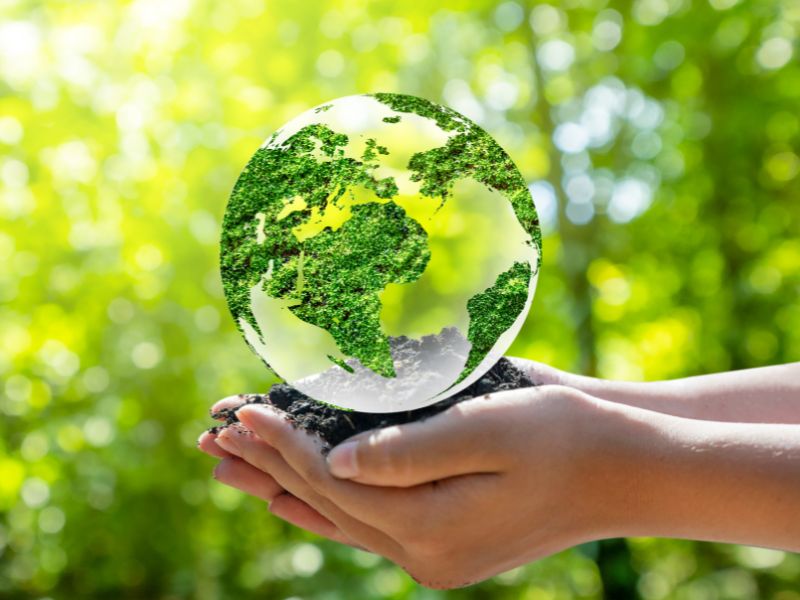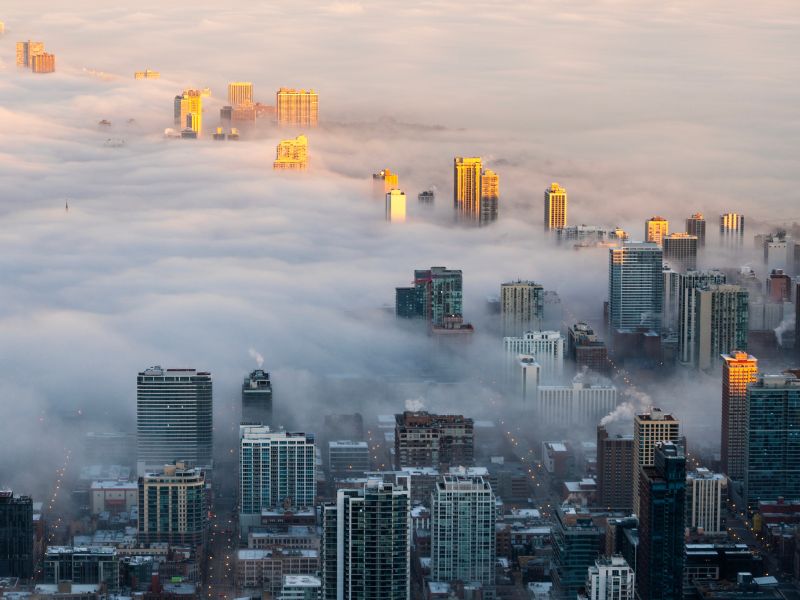September 7 has been chosen by the United Nations as the International Day of Clean Air for Blue Skies, to remind us of the urgent importance of addressing air pollution.
So, what is the International Day of Clean Air for Blue Skies?
In recent years, terms such as ‘air pollution’ and ‘PM2.5 fine particulate matter’ have become increasingly familiar to the public, especially since late 2018 when air quality indicators related to PM2.5 were regularly updated on websites and apps. The air pollution map of Hanoi has shown the levels and variations of pollution across different times and areas. In 2019, the average concentration of PM2.5 in districts of Hanoi ranged from 28.2 to 40.2 µg/m³, exceeding the national standard (QCVN 05:2013, at 25 µg/m³). The districts of Đống Đa, Ba Đình, and Hai Bà Trưng had the highest concentrations of fine dust, while suburban areas had lower levels. Although there was some improvement in 2020, PM2.5 levels still remained higher than the standard.

Air pollution is a major threat to human health. According to the United Nations Environment Programme (UNEP), air pollution severely impacts the lives of billions of people, particularly children, the elderly, and pregnant women. Research from the University of Chicago indicates that PM2.5 fine particulate matter is the greatest health risk, affecting life expectancy on par with smoking and posing a far greater danger than alcohol consumption, traffic accidents, or even HIV/AIDS.
UNEP emphasizes that only global action can address the air pollution crisis. The International Day of Clean Air for Blue Skies, initiated in 2020, serves as an opportunity to raise awareness and promote collective action by nations to protect our health and ecosystems. This day creates a platform for collaboration at all levels, from individuals to international efforts, to invest in solutions that protect air quality.
Poor air quality is considered the greatest threat to health, according to the Air Quality Life Index (AQLI). This tool shows that if clean air were available, people in heavily polluted areas like northern India could live an average of 6.8 years longer. Globally, if fine particulate matter levels were reduced to the World Health Organization’s recommended levels, the average life expectancy of each person would increase by 1 year and 11 months.
How to Address Air Pollution?
This year’s theme for the International Day of Clean Air is “CleanAirNow,” emphasizing the importance of investing and sharing responsibility in the fight against air pollution. Below are 5 key facts about air pollution:
- Black carbon in the Arctic: Air pollution not only impacts human health but also severely affects ecosystems, especially in the Arctic, which is warming four times faster than the rest of the world. One of the causes is the spread of black carbon particles from the burning of fossil fuels, which darkens the snow, making it absorb more heat and contributing to faster ice melt.
- National cooperation for clean air: Clean air advocates are calling on governments to make this issue a top priority. Policies and investments in improving air quality not only benefit health but also promote sustainable economic development and reduce global inequality. According to the Air Quality Life Index (AQLI), if air quality in Vietnam met the World Health Organization’s recommendations, the average life expectancy would increase by 1.82 years.
- Reforming subsidies for cleaner air: Fossil fuels are a major source of PM2.5 pollution. Governments are spending millions of dollars subsidizing fossil fuels—money that could be used to tackle air pollution. Successful subsidy reform policies should ensure compensation for affected communities and provide reliable information to encourage change.
- Open air quality data: Improving air quality relies heavily on access to open and accurate data. Companies need to disclose air quality metrics to consumers and the public to enhance transparency and drive action.
- Action against pollution reduces health risks: The European Union (EU) aims to reduce premature deaths from fine particulate (PM2.5) pollution by 55% by 2030, with specific measures to reduce emissions of dangerous pollutants. Although air pollution in Europe has declined over the past two decades, it remains the largest environmental health threat.

The European Environment Agency (EEA) has classified air quality into five levels: Good (below 5μg/m³), Fair (5-10μg/m³), Moderate (10-15μg/m³), Poor (15-25μg/m³), and Very Poor (25μg/m³ or higher). Cities in Sweden, Portugal, and Northern Europe top the list of places with the cleanest air, while Cremona in Italy, Nowy Sącz in Poland, and Slavonski Brod in Croatia are among the most polluted areas in Europe.
According to the Global Future Council on Clean Air, public-private cooperation will play a crucial role in ensuring that everyone has access to clean air. The International Day of Clean Air for Blue Skies is an important moment to raise awareness and encourage global action.
